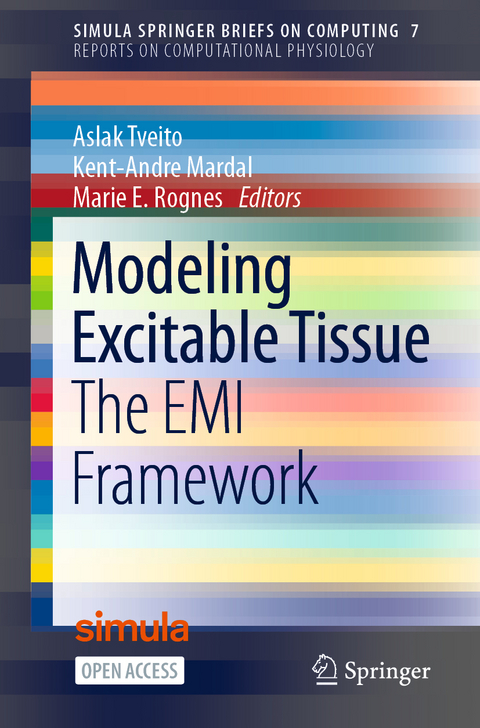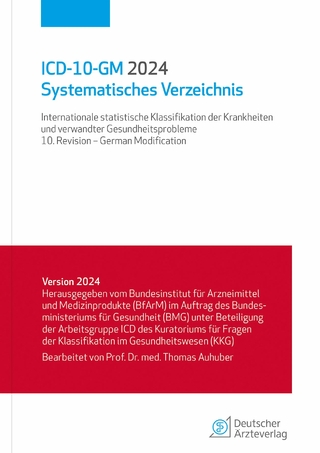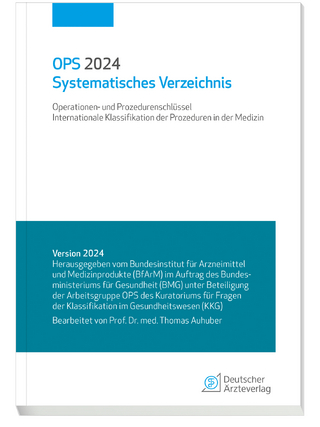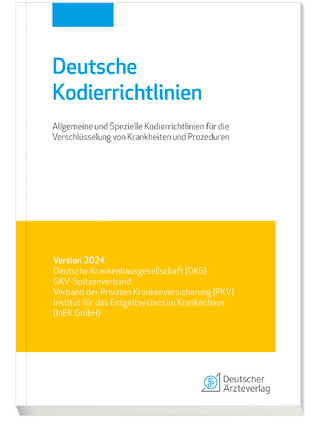
Modeling Excitable Tissue
Springer International Publishing (Verlag)
978-3-030-61156-9 (ISBN)
This open access volume presents a novel computational framework for understanding how collections of excitable cells work. The key approach in the text is to model excitable tissue by representing the individual cells constituting the tissue. This is in stark contrast to the common approach where homogenization is used to develop models where the cells are not explicitly present. The approach allows for very detailed analysis of small collections of excitable cells, but computational challenges limit the applicability in the presence of large collections of cells.
Kent-Andre Mardal is a professor of mechanics at the University of Oslo and an adjunct research scientist at Simula Research Laboratory. He has published more than 90 scientific publications, including journal papers, two co-authored books and the co-edited the book about the FEniCS project, for which he was a core developer for many years. Research interests include computational modeling of various life science applications and robust, stable and accurate numerical schemes.
Marie E. Rognes is a research professor at Simula Research Laboratory and a founding member of the Young Academy of Norway. She has over 50 scientific publications and has delivered numerous keynote addresses and invited talks, including a TEDx talk. Her research is primarily focused on mathematical and computational modelling of fluid flow in the brain, and this work has been partially funded by an ERC starting grant.
Derivation of a cell-based mathematical model of excitable cells.- A cell-based model for ionic electrodiffusion in excitable tissue.- Modeling cardiac mechanics on a subcellular scale.- Operator splitting and finite difference schemes for solving the EMI model.- Solving the EMI equations using finite element methods.- Iterative solvers for EMI models.- Improving neural simulations with the EMI model.- Index.
| Erscheinungsdatum | 01.11.2020 |
|---|---|
| Reihe/Serie | Reports on Computational Physiology | Simula SpringerBriefs on Computing |
| Zusatzinfo | XVII, 100 p. 25 illus. in color. |
| Verlagsort | Cham |
| Sprache | englisch |
| Maße | 155 x 235 mm |
| Gewicht | 195 g |
| Themenwelt | Informatik ► Weitere Themen ► Bioinformatik |
| Mathematik / Informatik ► Mathematik ► Angewandte Mathematik | |
| Schlagworte | Applied mathematics • Biomechanics • Cardiac modelling • computational physiology • Finite Element Methods • Numerical Methods • open access • preconditioning • Scientific Computing |
| ISBN-10 | 3-030-61156-6 / 3030611566 |
| ISBN-13 | 978-3-030-61156-9 / 9783030611569 |
| Zustand | Neuware |
| Haben Sie eine Frage zum Produkt? |
aus dem Bereich


